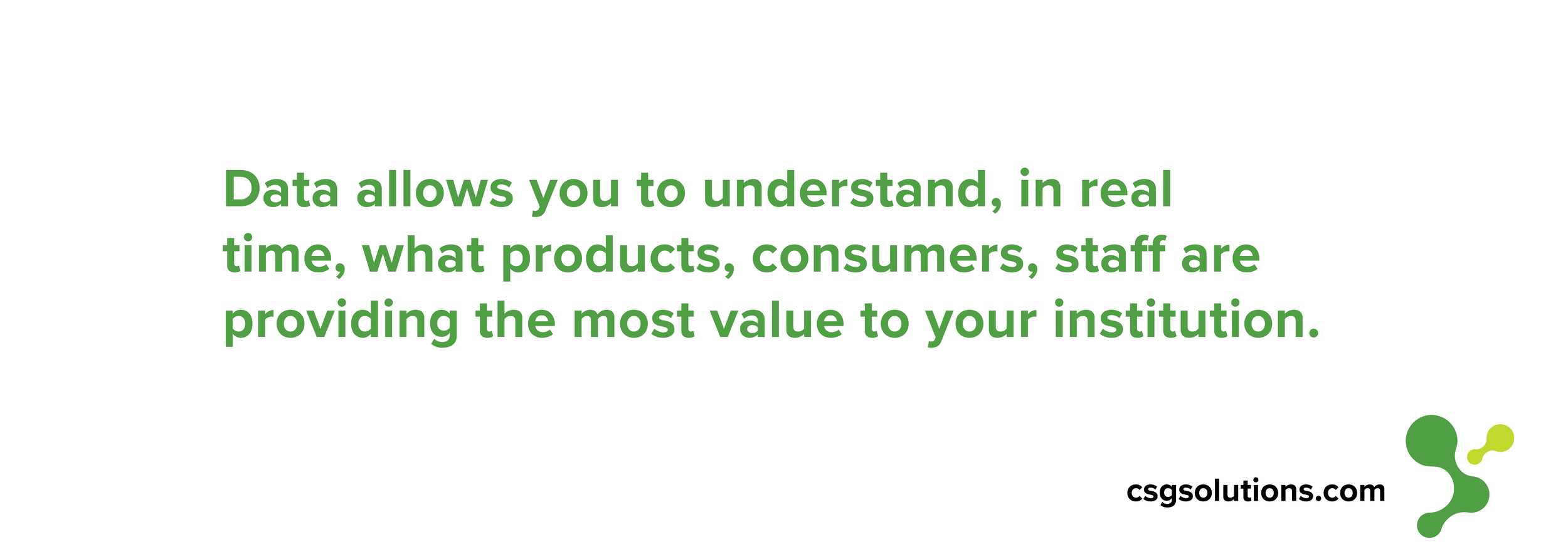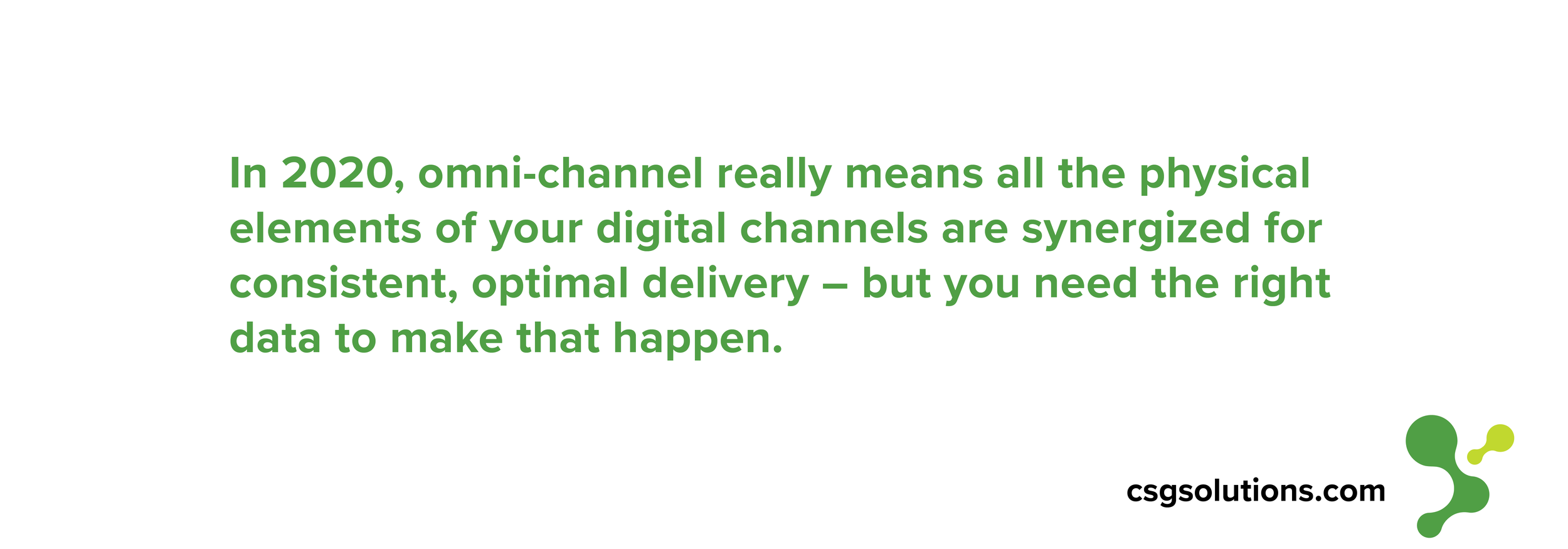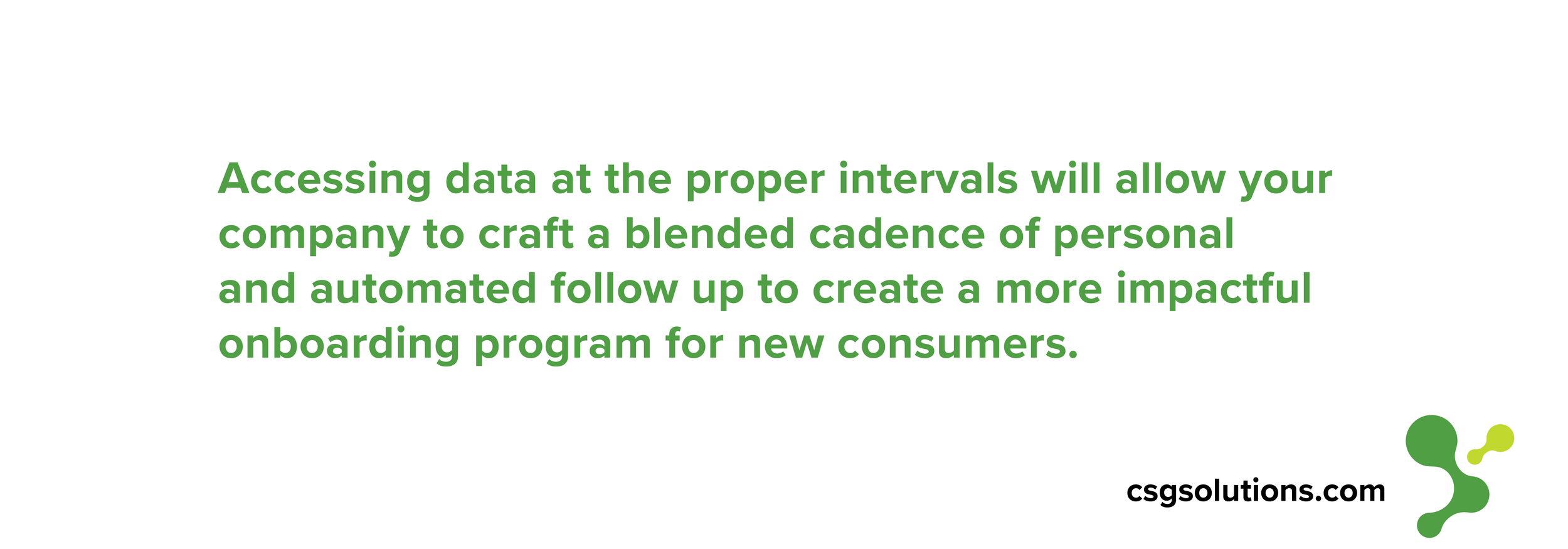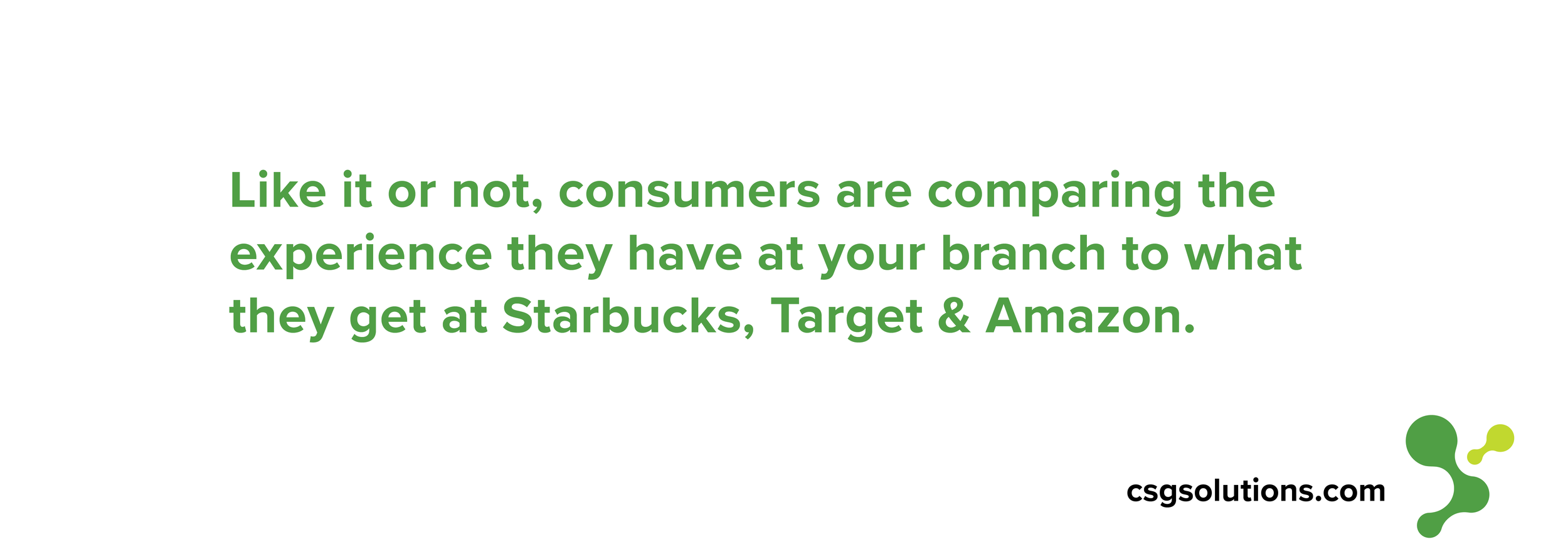How Data Can Answer Your Biggest Performance Questions
Data can be a real differentiator at your financial institution … but is it?
How much do you know about your consumer and how do you use that knowledge?
How much do you know about your operations and how does that knowledge drive decision-making?
What are the numbers behind your production results and where do you need to prioritize improvement efforts?
In 2020, talk about “data” can be intimidating, especially if your organization has limited experience and resources. But we’ve seen time and time again that organizations that capture and accurately interpret data about their customers are the most successful and stand out in their markets. Access to insights is the biggest differentiator.
To unpack data’s importance, we discussed four ways you can use data to make more impactful decisions in 2020 with our strategic partner, FI Strategies, LLC.
We discuss the data perspective while they provide the strategic implications.
Assessing branch/market/regional performance
“Which market is the highest performer with our new “Gold Tier” checking account?
CSG: Depending on how you gather data, leadership teams can filter the views to evaluate the performance of a person, a branch, a market, a product, etc. Data allows you to understand, in real time, what products, consumers, staff are providing the most value to your institution. If it is uncovered that your southern region is the highest performing, Caroline Jones is your top performing employee and your new “Gold Tier” checking account is your most popular account, you can move marketing/operating expenses around to continue the trend. Also, tracking revenue by product/employee/branch/market allows for long term decisions to be done more scientifically than, “I have a gut feel about making this expensive business decision”.

FIS: The other side of this is pipeline management. Evaluating how many people were mailed/emailed/targeted for the “Gold Tier” checking account, and what were the daily, weekly, monthly results. It’ll prove, or disprove, that your tactics, team or targets were right or wrong when evaluating the data. Finally, this data provides the info needed to follow-up with each opportunity and get them across the finish line.
Assessing channel creep
“Which products and services do each of your generations prefer to use?”
CSG: We all see the reports put out every year showing why each generation chooses their primary financial institution and what they want most from their bank. Those are surveys of a diverse audience, not your consumer base. Wouldn’t it be nice to see what Millennials are doing when they’re at your branches? Wouldn’t it be nice to see how many appointments Gen Z booked online? Wouldn’t it be nice to see how many digital credit card or mortgage applications were filled out by Boomers? It’s all available!
FIS: The data may also validate that the biggest branches requiring investment are your online/mobile banking platform, and don’t forget your home office will need to service all these new digital transactions. In 2020, omni-channel really means all the physical elements of your digital channels are synergized for consistent, optimal delivery – but you need the right data to make that happen.

Optimizing onboarding
“After a new consumer opens her account, how quickly does she expand her relationship with the credit union? What are the top accounts consumers open ‘next’? How much additional business are you acquiring from new consumers during the first 90, 180, and 360 days of their relationship”
CSG: Much of this is process oriented. What is the defined follow up process once someone opens a new relationship with your institution? There needs to be a blended cadence of personal and automated follow up (ie. Handwritten letter, then a phone call, then automated email about BillPay, then confirm text service, schedule a follow up meeting 30 days after). This is important for new consumers, but also for existing consumers who have ideal relationship characteristics.
FIS: For auto loans and mortgages especially, its pivotal to stay in close contact with those consumers because several companies reach out directly after they see new accounts show up on credit reports and offer to beat rates. This initial window is critical to establishing long term relationships, and accessing the data at the proper intervals will allow your organization to create a more impactful onboarding program.

Increasing process efficiency
“Do you know how long it takes to process each type of transaction, from start to finish? Furthermore, how long does each phase of the transaction require and how many employees are required/involved? And can you assess your operational efficiency across all delivery channels?”
CSG: Getting data on this allows you to clearly evaluate what products/staff are performing efficiently, and which ones are not. If it is not a technology issue, then it becomes a staff/training issue. Consumer expectations around their time are at an all-time high. Like it or not, consumers are comparing the experience they have at your branch to what they get at Starbucks, Target & Amazon. If it takes 30 minutes to open a new account and Capital ONE says it takes 5 minutes, you do the math.

FIS: Another layer of the efficiency puzzle is centered on reducing churn. The time between transactions and overall account activity needs to be reported and monitored. Consumers may have a credit and debit card with your institution, and it’s important to monitor each for irregularities. If there was a transaction today, and then a gap of two weeks, teams should be evaluating the member relationship for potential attrition. Likewise, if there are multiple transactions within a matter of minutes on different sides of the country, it may be a fraudulent transaction worthy of heightened review. Your data-mining methodology can help with both.
These are four critical business challenges every financial institution face four crucial ways data engineering and analytics will help you win.
Leverage your data to differentiate in your market.
Learn how data culture can help your organization execute a successful data analytics strategy.


